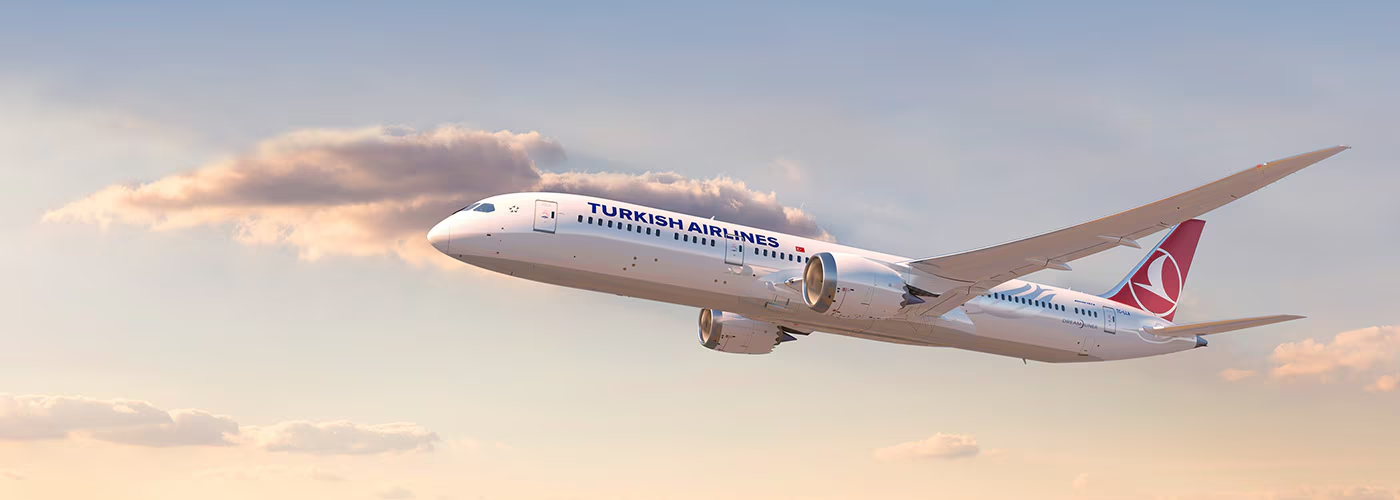Why “Delta Air Lines” Not “Delta Airlines”?
Have you ever noticed that Delta Air Lines, one of the major airlines of the United States, is spelled as three separate words; “Delta”, “Air” and “Lines”? Indeed, the name “Delta Air Lines,” spelled as three separate words, has an interesting historical and branding significance. This naming convention has its roots in the early days of aviation and is a reflection of the company’s evolution and marketing strategy.
Historical Context and Early Aviation Industry Practices
The use of the term “Air Lines” rather than “Airlines” can be traced back to the formative years of the aviation industry. This distinction was originally made to differentiate air transportation services from maritime shipping lines. The term ‘line’ in this context refers to the noun, with ‘air’ serving as an adjective, similar to how shipping companies were referred to as “lines” (e.g., Australian National Line, Evergreen Lines, Maersk Lines). This nomenclature was a common practice in the early days of commercial aviation, as seen with other airlines like Eastern Airlines originally being Eastern Air Lines and United Airlines once known as United Air Lines.

The Evolution of Delta Air Lines
Delta Air Lines’ journey began in 1924 as Huff Daland Dusters, a crop-dusting operation. The company was initially focused on combating the boll weevil infestation in cotton crops. In 1928, the company transitioned into passenger transportation and was renamed Delta Air Service, indicating its expansion beyond crop dusting. The name ‘Delta’ was derived from the Mississippi Delta region, reflecting the company’s roots.
By 1945, the company had evolved significantly and was officially named Delta Air Lines, Inc. This change marked a significant milestone in its transformation from a regional service provider to a major player in the aviation industry.
Marketing and Brand Differentiation
From a marketing perspective, the use of three separate words, “Delta”, “Air” and “Lines,” helped the company create a distinct brand identity. This separation allowed for a visual distinction that set Delta apart from its competitors. The design and placement of the word “Delta” alongside its logo became a symbol of the airline’s commitment to excellence and professionalism.
Furthermore, this naming strategy played a role in brand differentiation. By choosing a unique way to present its name, Delta Air Lines ensured a distinct presence in the competitive aviation industry. This was also a strategic move to avoid legal conflicts and confusion with other airlines that might use similar names.
- Featured Image by Wirestock | iStock
- NCESC.com
- Airliners.net
Youssef Yahya is the CEO and Founder of Aviation for Aviators, a platform dedicated to the aviation industry. With over 3 years of experience as an aviation writer, Youssef is passionate about sharing his insights on aviation, entrepreneurship, and the broader business landscape. As a Teaching Assistant in Entrepreneurship at Nile University, he also nurtures the next generation of entrepreneurs. When he’s not exploring the skies or business ventures, you can find him saying, ‘Drag your coffee, and let’s talk aviation, entrepreneurship, and football.’
You might also like:
- Iraqi Airways Welcomes Its First Boeing 787 Dreamliner
- Ethiopian Airlines ET715 Veers Off the Runway at Oslo Airport
- British Airways to retire its 747 fleet immediately.
- Boeing 777X Has Returned to the Skies Following Issues with the GE9X Engine
- Airport Runways: An Overview.
Discover more from Aviation for Aviators
Subscribe to get the latest posts sent to your email.














Post Comment